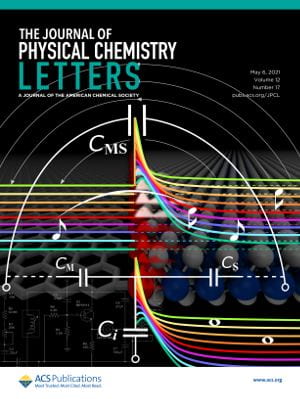Our work on dimensionality-reduced Fermi level pinning in coplanar 2D heterojunctions is featured in the May issue of J. Phys. Chem. Lett.
 Electronic transport through a metal | semiconductor (M|S) heterojunction is largely determined by its Schottky barrier. In light of the general interest in building 2D electronics, in a just-published work in J. Phys. Chem. Lett. we discover the relevant material parameters which dictate the behavior and strength of Fermi level pinning in 2D M|S contacts, using a multiscale model combining first-principles, continuum electrostatics, and transport calculations.
Electronic transport through a metal | semiconductor (M|S) heterojunction is largely determined by its Schottky barrier. In light of the general interest in building 2D electronics, in a just-published work in J. Phys. Chem. Lett. we discover the relevant material parameters which dictate the behavior and strength of Fermi level pinning in 2D M|S contacts, using a multiscale model combining first-principles, continuum electrostatics, and transport calculations.
The cover is a graphical representation of the Fermi level pinning in 2D coplanar M|S contacts which is greatly reduced due to weak electric screening in low dimensions. The interface states, while unable to alter the band alignment as in 3D, create a thin “spire” barrier to the transport electrons. Hence, the pinning strength in 2D contacts is now controlled by a new parameter: the interface width. These findings should guide the methods of contact engineering for future 2D electronic devices.

